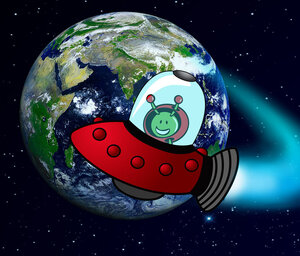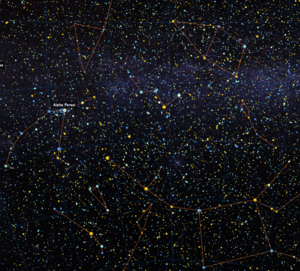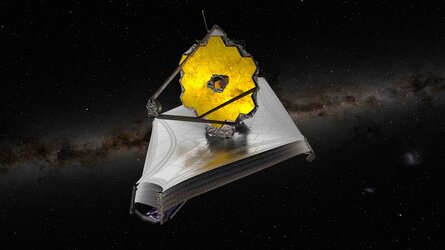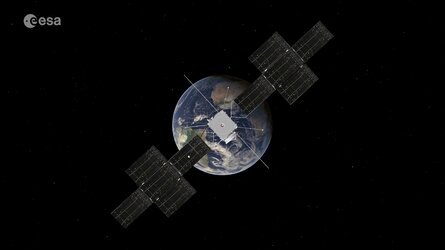Accept all cookies Accept only essential cookies See our Cookie Notice

About ESA
The European Space Agency (ESA) is Europe’s gateway to space. Its mission is to shape the development of Europe’s space capability and ensure that investment in space continues to deliver benefits to the citizens of Europe and the world.
Highlights
ESA - United space in Europe
This is ESA ESA facts Member States & Cooperating States Funding Director General Top management For Member State Delegations European vision European Space Policy ESA & EU Space Councils Responsibility & Sustainability Annual Report Calendar of meetings Corporate newsEstablishments & sites
ESA Headquarters ESA ESTEC ESA ESOC ESA ESRIN ESA EAC ESA ESAC Europe's Spaceport ESA ESEC ESA ECSAT Brussels Office Washington OfficeWorking with ESA
Business with ESA ESA Commercialisation Gateway Law at ESA Careers Cyber resilience at ESA IT at ESA Newsroom Partnerships Merchandising Licence Education Open Space Innovation Platform Integrity and Reporting Administrative Tribunal Health and SafetyMore about ESA
History ESA Historical Archives Exhibitions Publications Art & Culture ESA Merchandise Kids Diversity ESA Brand CentreLatest
Space in Member States
Find out more about space activities in our 23 Member States, and understand how ESA works together with their national agencies, institutions and organisations.
Science & Exploration
Exploring our Solar System and unlocking the secrets of the Universe
Go to topicAstronauts
Missions
Juice Euclid Webb Solar Orbiter BepiColombo Gaia ExoMars Cheops Exoplanet missions More missionsActivities
International Space Station Orion service module Gateway Concordia Caves & Pangaea BenefitsLatest
Space Safety
Protecting life and infrastructure on Earth and in orbit
Go to topicAsteroids
Asteroids and Planetary Defence Asteroid danger explained Flyeye telescope: asteroid detection Hera mission: asteroid deflection Near-Earth Object Coordination CentreSpace junk
About space debris Space debris by the numbers Space Environment Report In space refuelling, refurbishing and removingSafety from space
Clean Space ecodesign Zero Debris Technologies Space for Earth Supporting Sustainable DevelopmentLatest
Applications
Using space to benefit citizens and meet future challenges on Earth
Go to topicObserving the Earth
Observing the Earth Future EO Copernicus Meteorology Space for our climate Satellite missionsCommercialisation
ESA Commercialisation Gateway Open Space Innovation Platform Business Incubation ESA Space SolutionsLatest
Enabling & Support
Making space accessible and developing the technologies for the future
Go to topicBuilding missions
Space Engineering and Technology Test centre Laboratories Concurrent Design Facility Preparing for the future Shaping the Future Discovery and Preparation Advanced Concepts TeamSpace transportation
Space Transportation Ariane Vega Space Rider Future space transportation Boost! Europe's Spaceport Launches from Europe's Spaceport from 2012Latest

Two Hubble images from a sample of 20 nearby quasars
Thank you for liking
You have already liked this page, you can only like it once!
This figure shows two images of quasars from a sample of 20 relatively nearby quasars examined by a team of European astronomers using two of the most powerful astronomical facilities available, the NASA/ESA Hubble Space Telescope and the ESO Very Large Telescope (VLT) at Cerro Paranal.
The quasar on the left, HE0450-2958 (distance to its centre, about 5000 million light-years) does not have a massive 'host' galaxy. The quasar HE1239-2426 on the right (1500 million light-years away), has a normal 'host' galaxy which displays large spiral arms. Although HE1239-2426 is much closer than HE0450-2958, the host galaxy of the latter would still be clearly visible if it was as bright as the one of HE1239-2426.
Also seen in the image to the left (above the quasar) is a strongly disturbed galaxy, showing all the signs of a recent collision. The VLT observations show it to be forming stars at a frantic rate. Below the quasar a foreground star is seen.
The images were taken with the Advanced Camera for Surveys on board the NASA/ESA Hubble Space Telescope and have been scaled to exhibit the same linear scale.
-
CREDIT
NASA/ESA/ESO - Frédéric Courbin (Ecole Polytechnique Federale de Lausanne, Switzerland) & Pierre Magain (Universite de Liege, Belgium) -
LICENCE
ESA Standard Licence

Hubble unexpectedly finds double quasar in distant Universe

Wide field Hubble view of extremely red quasar SDSS…

Hubble captures a ‘five-star’ rated gravitational lens

Distant galaxy samples near quasar J0100+2802 (NIRCam image)















 Germany
Germany
 Austria
Austria
 Belgium
Belgium
 Denmark
Denmark
 Spain
Spain
 Estonia
Estonia
 Finland
Finland
 France
France
 Greece
Greece
 Hungary
Hungary
 Ireland
Ireland
 Italy
Italy
 Luxembourg
Luxembourg
 Norway
Norway
 The Netherlands
The Netherlands
 Poland
Poland
 Portugal
Portugal
 Czechia
Czechia
 Romania
Romania
 United Kingdom
United Kingdom
 Slovenia
Slovenia
 Sweden
Sweden
 Switzerland
Switzerland
























